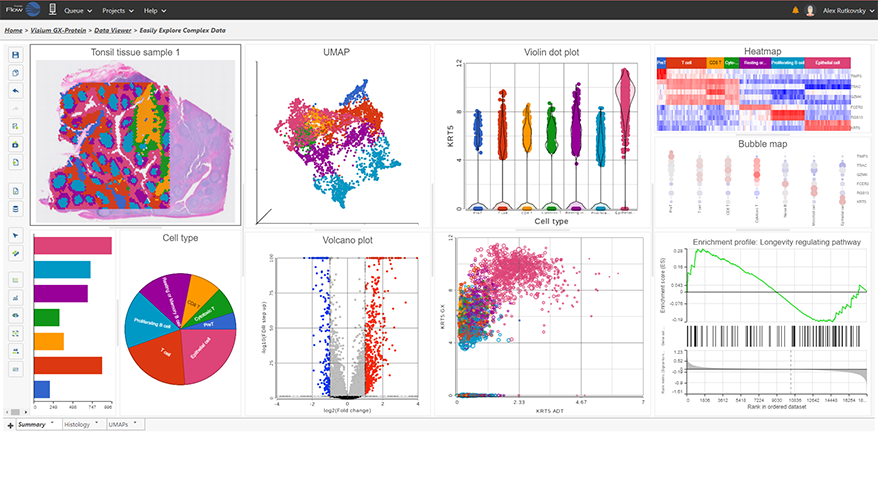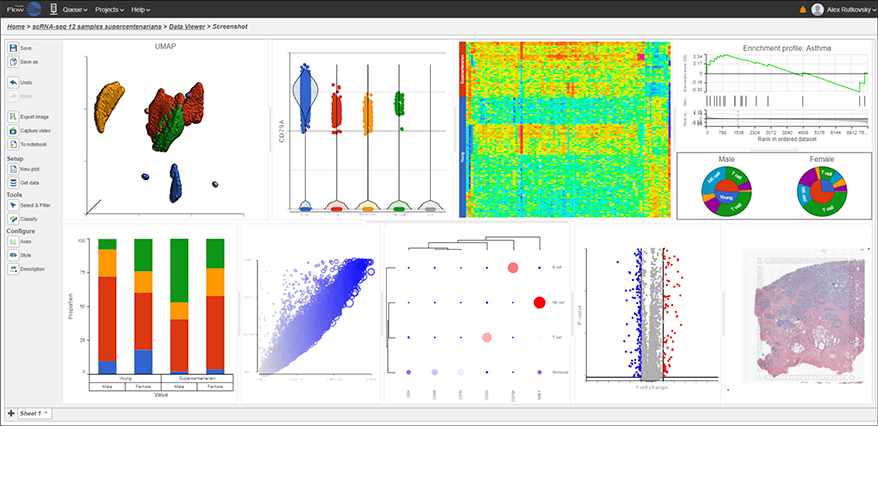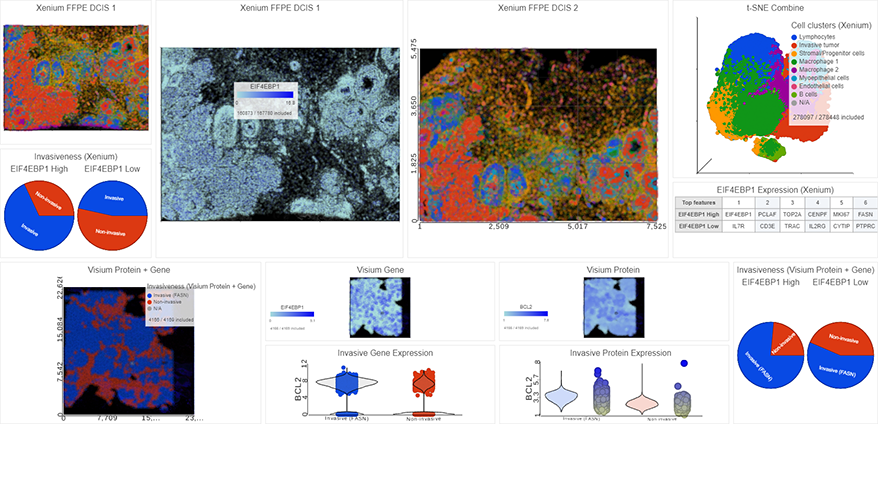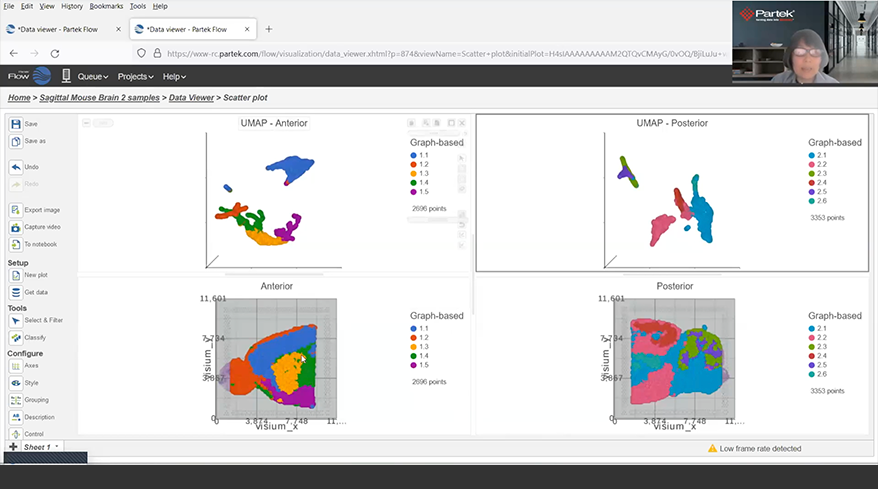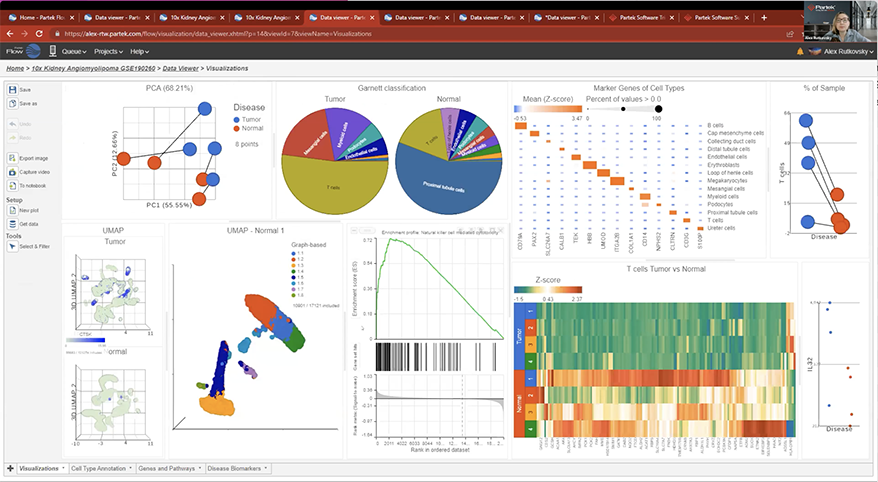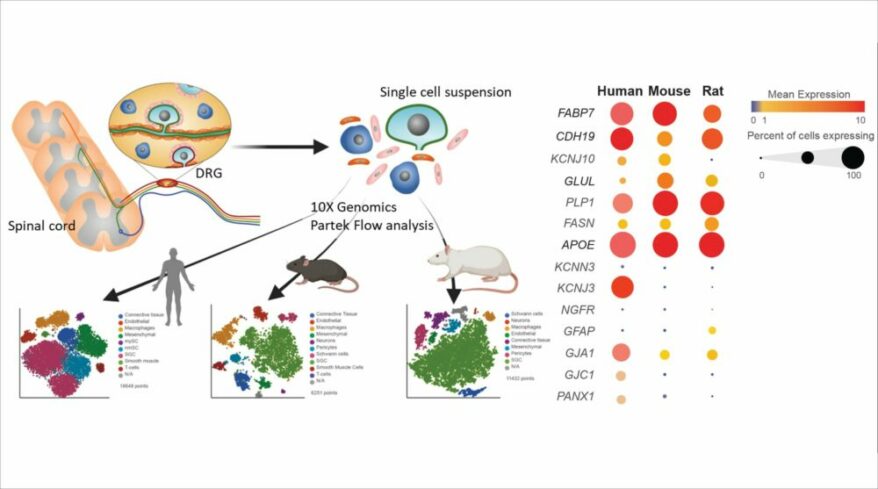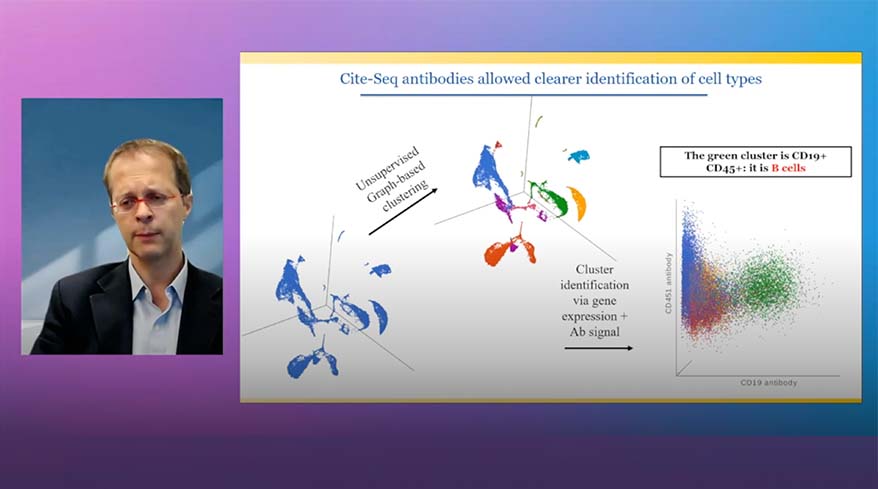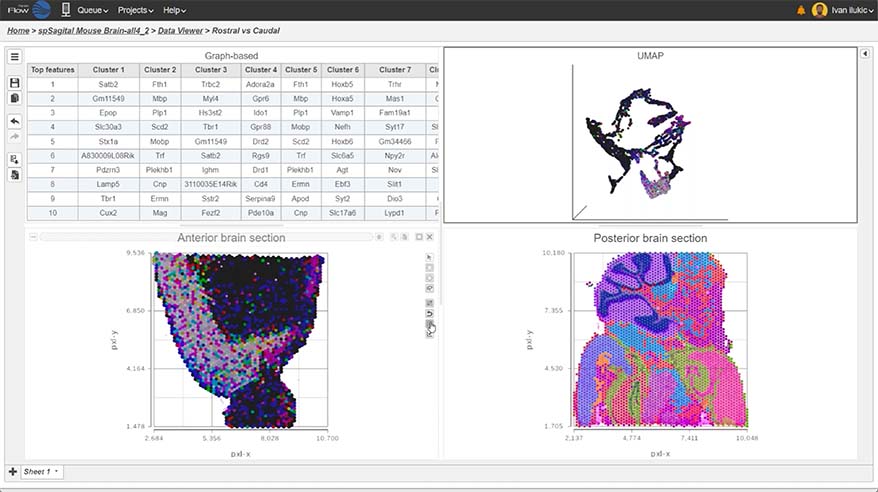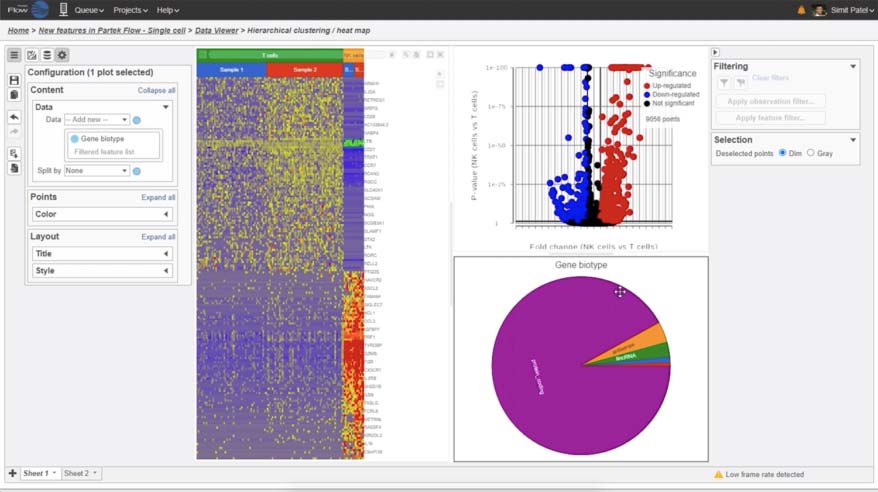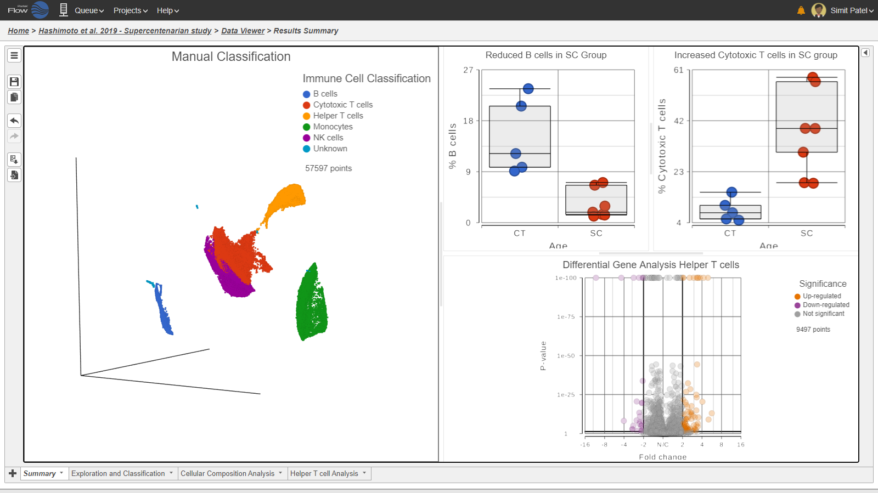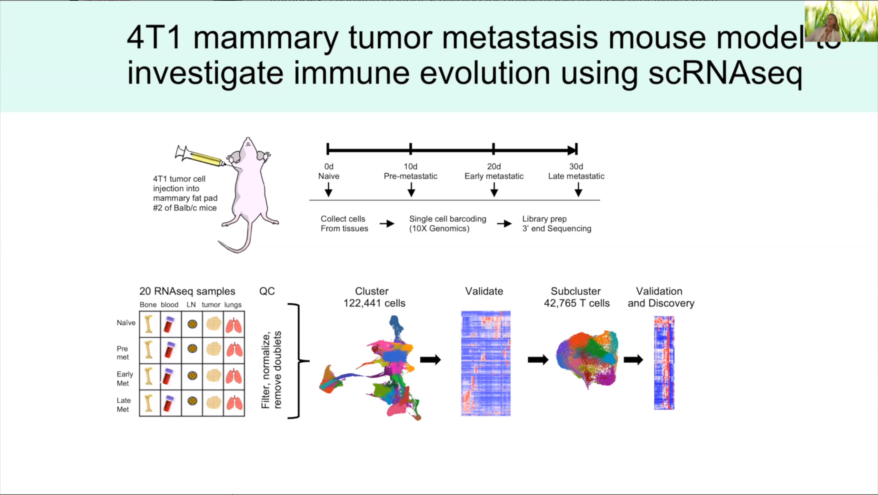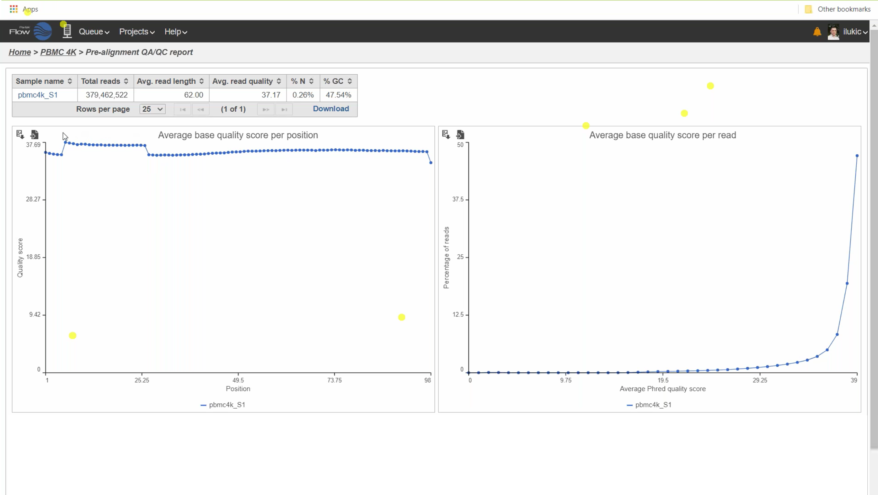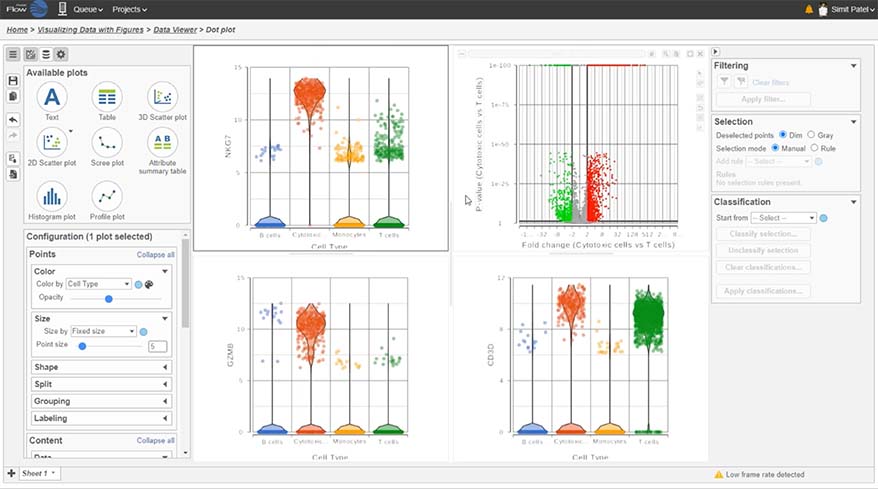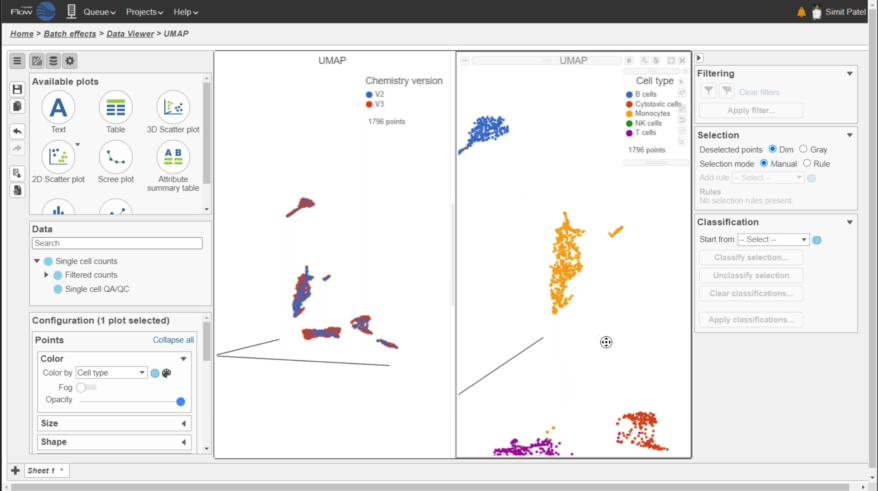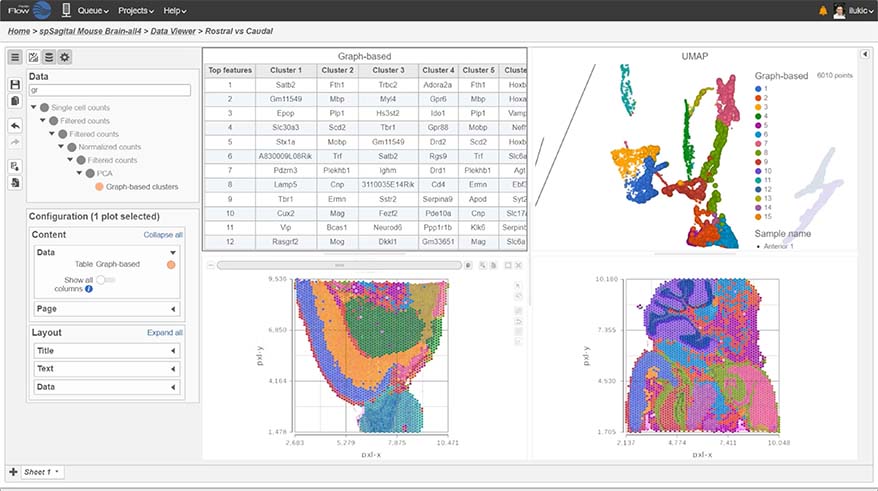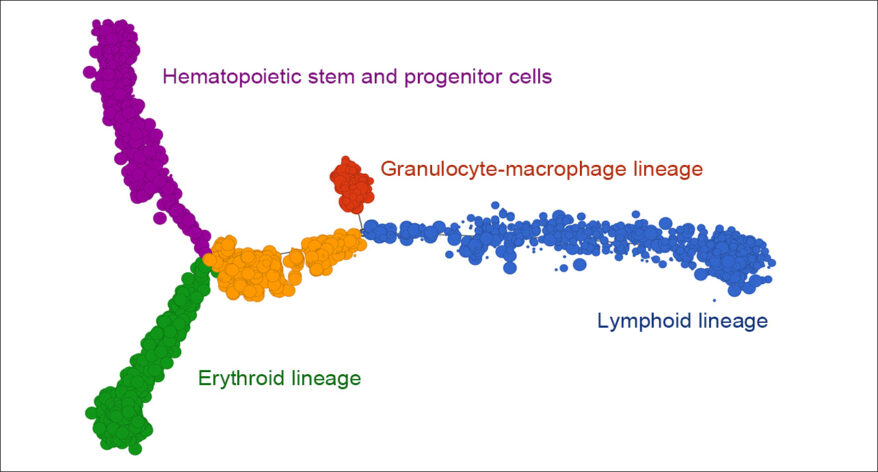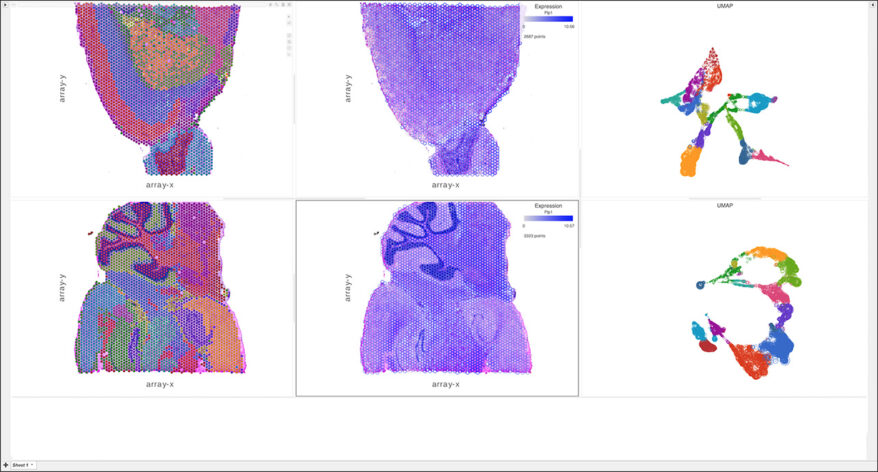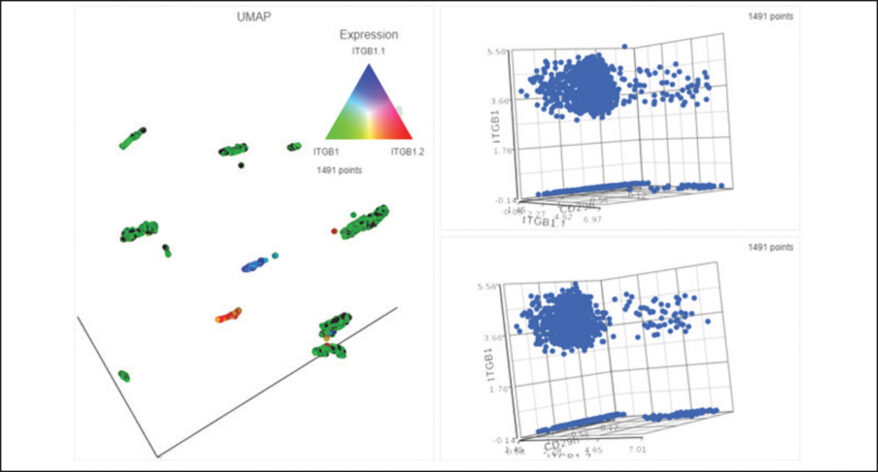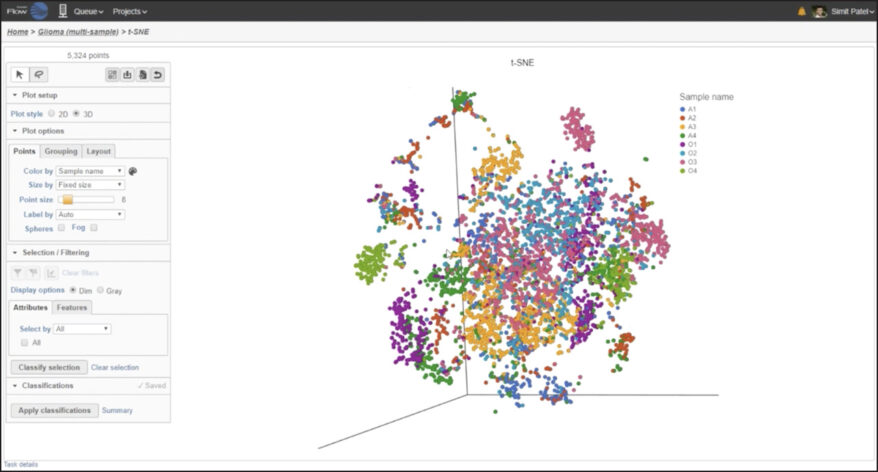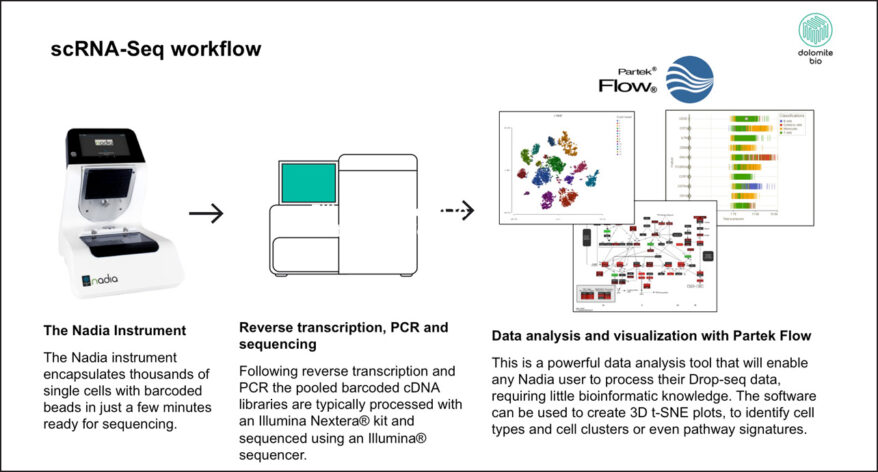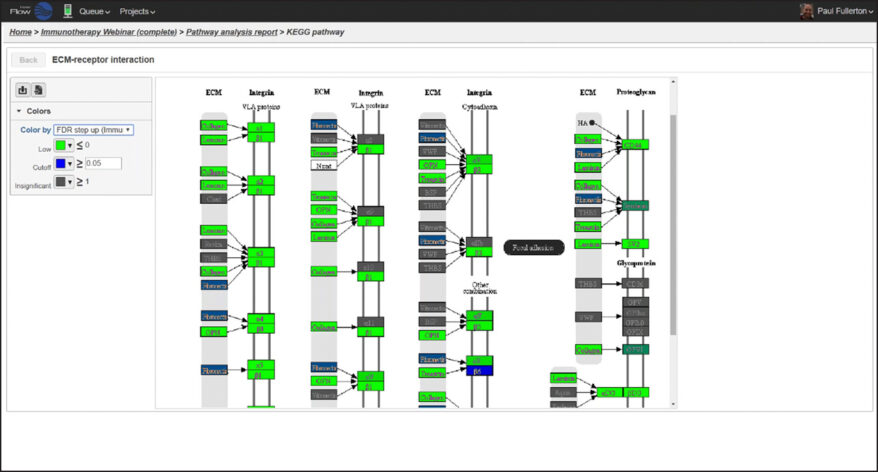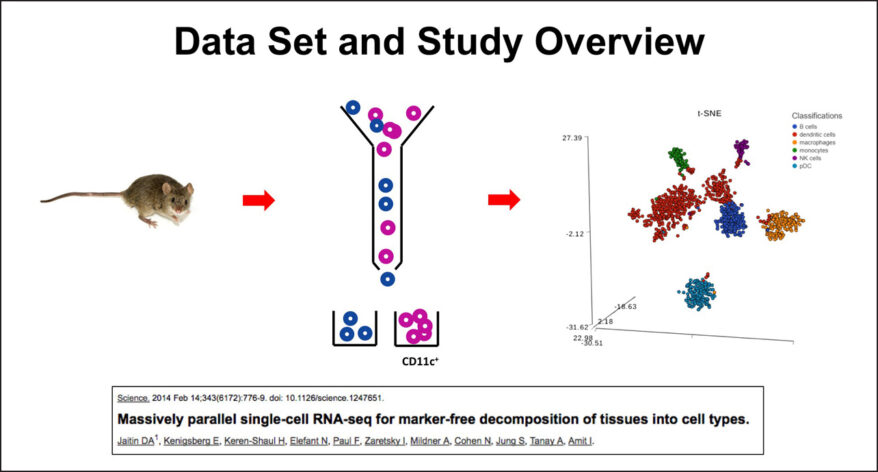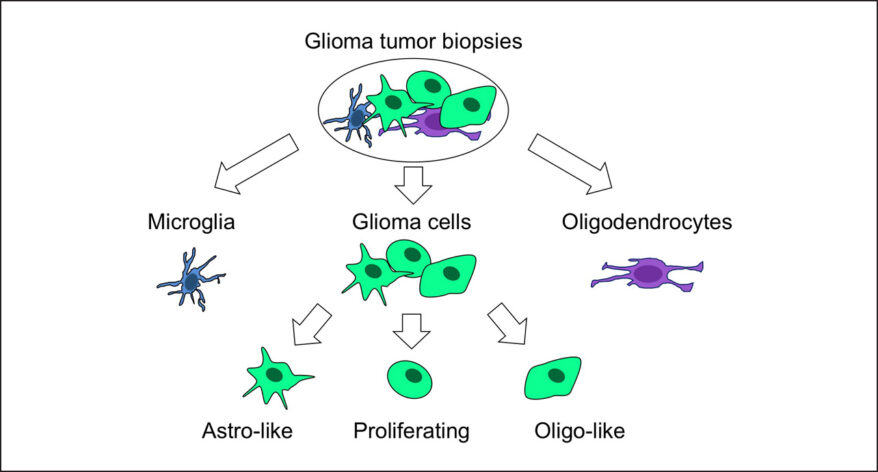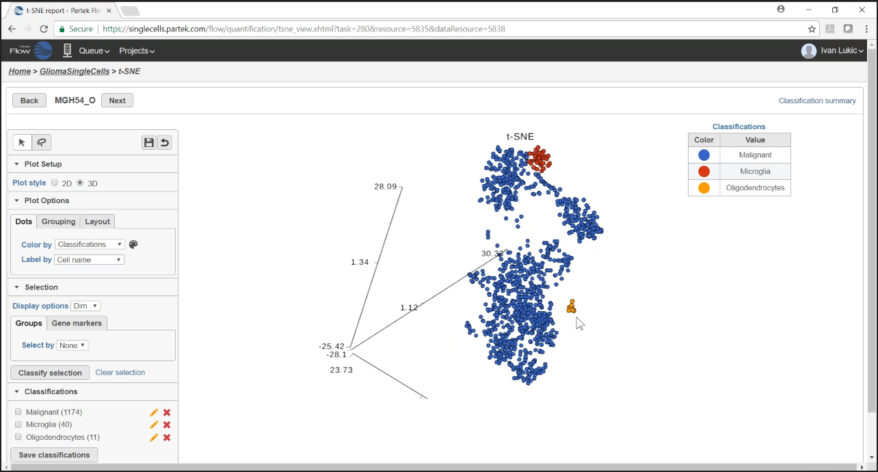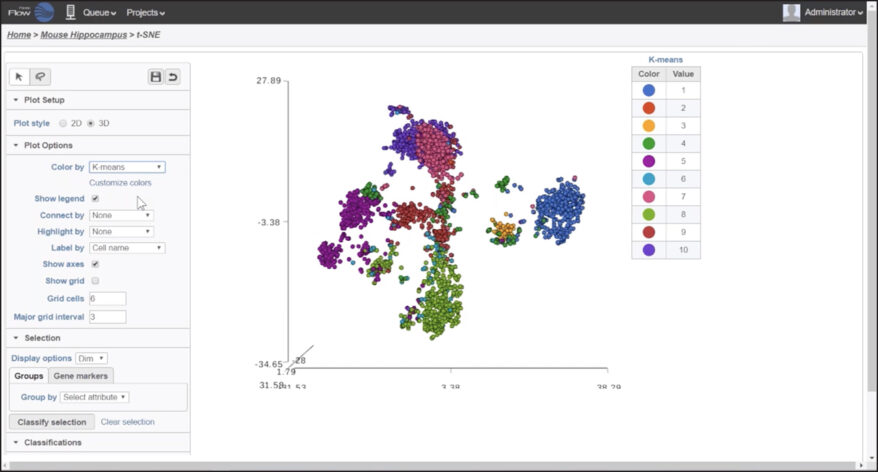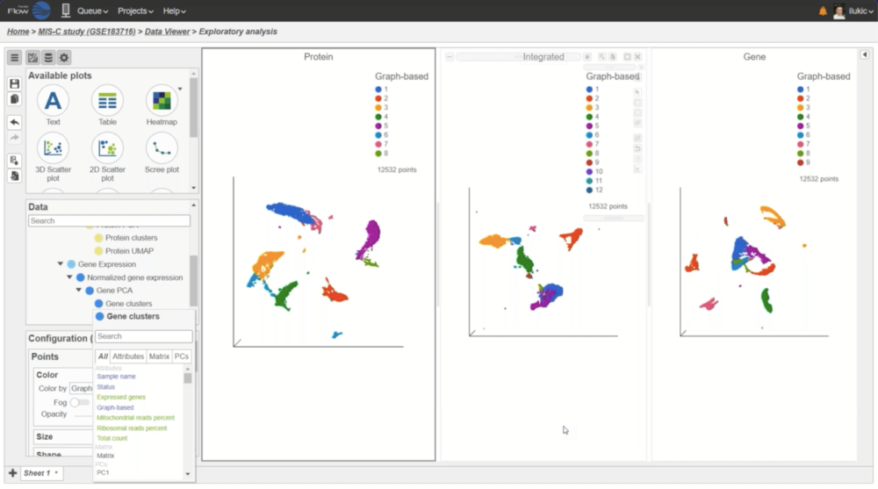
Revealing Rare Cell Types Through Single Cell Multiomics: A COVID-19 Study
The single cell omics field started by profiling gene expression on individual cells (scRNA-Seq), but has since evolved to incorporate additional assays, giving birth to single cell multiomics. The most popular single cell multiomics techniques merge gene and protein expression data (feature barcoding or CITE-Seq), providing synergistic molecular insights. However, the complexity of both the data and data analysis pose major obstacles, forcing scientists to focus on “how to”, instead of focusing on the biological question at hand.
In this webinar, we walk through the analysis of data obtained from patients with multisystem inflammatory syndrome in children (MIS-C), a rare but dangerous complication of COVID-19.
Key topics:
- Integrated analysis of gene and protein expression data.
- Identify cell types not detectable by examining only gene or only protein data.
- Use interactive visualization to explore gene expression, protein expression, and both gene and protein expression combined.
- Study cell composition at different stages of the disease.


